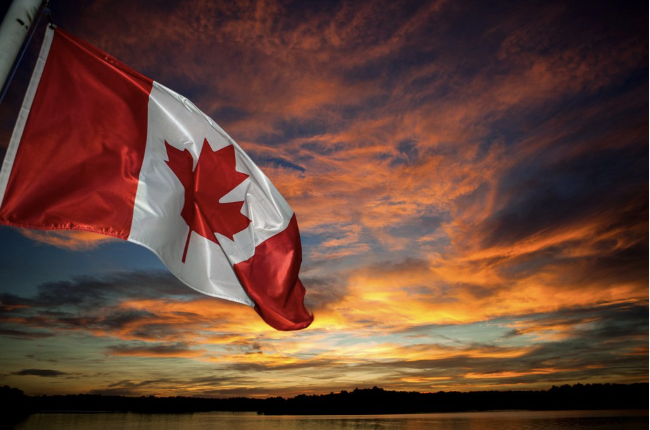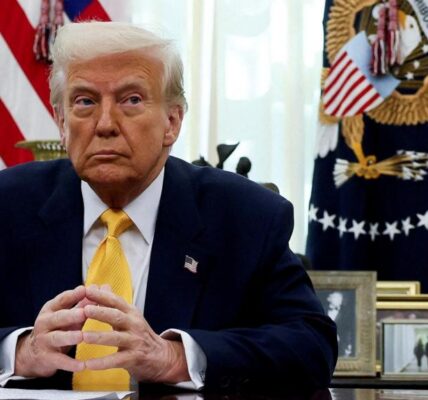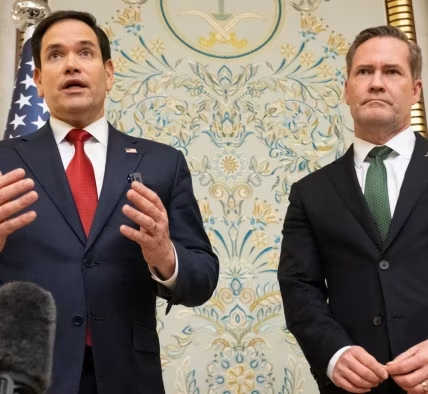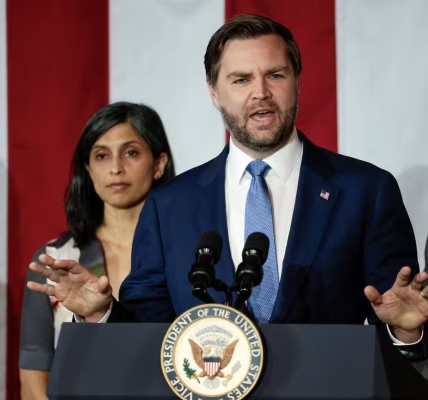Photo courtesy/Canadian flag
The Canadian voting electorate will choose their new national government through the general election on April 28, 2025. Trades with the USA and economic threats from abroad are among the driving forces that may result in the most significant outcome in Canadian election history.
The following five elements will drive the political campaign forward:
1. U.S. Influence and Trump’s Role
This election depends heavily on President Donald Trump’s trade war and rhetorical position because Canada remains deeply interconnected with the United States economically and politically. Canadian leaders took a strong defensive position after Trump threatened Canadian goods with trade tariffs and suggested making Canada the 51st state of America.
Liberal leader Mark Carney aims to demonstrate his experience while handling U.S.-Canada relations as he faces Conservative leader Pierre Poilievre, who portrays himself as the steadfast national defender against Donald Trump.
2. A Showdown of Political Heavyweights
Two prominent figures face off in this election race: Mark Carney, who served as Bank of England governor before taking over as Liberal leader from Justin Trudeau, and Pierre Poilievre, a veteran Conservative politician.
- Carney’s strong reputation as an economic expert cannot overcome his shortfall in actual political office work.
- Since his initial parliamentary service in his 20s, Poilievre has reached 45 years of age. His political campaign centers on economic issues, housing expenses, and national feelings.
Photo courtesy/Carney
3. The Sovereignty Debate
Recent Canadian politics revolve around sovereignty protection and economic independence after a long absence of such election priorities. The Canadian public started comparing this election to 1988 after the country considered entering NAFTA.
The political parties support economic independence yet maintain different strategies for achieving it.
Under Carney’s Liberals, the government plans to direct funding towards housing development, energy infrastructure, and defense capabilities.
The Conservatives led by Poilievre advocate for lower taxes, reduced government spending, and deregulation to stimulate economic growth.
4. The Cost-of-Living Crisis
Every day, Canadians pay more attention to inflation rates, healthcare system issues, and housing affordability than to diplomatic matters in the news. The Canadian economy faces challenges that politicians now discuss inside the framework of resisting U.S. economic approaches.
The commitment of both parties to solve these issues comes down to detailed approaches that will determine floating voter support.
Photo courtesy/poilievre
5. The Tightest Race in Years
The latest polls reveal an aggressive race where the Liberals have displaced the Conservatives from their previous electoral leadership position since Prime Minister Trudeau resigned. The New Democratic Party (NDP) and Bloc Québécois continue their run but face substantial obstacles in forming a governing coalition.
Both Carney and Poilievre actively work to build their core support base and attract undecided voters in this remarkably unpredictable Canadian election of recent times.





